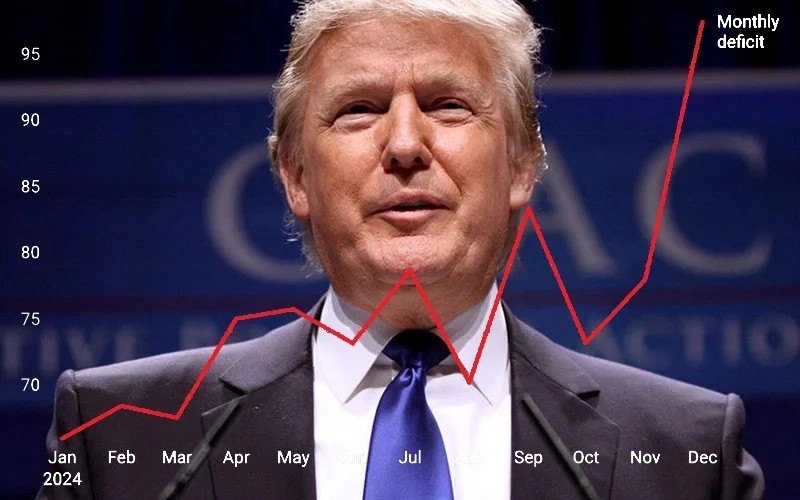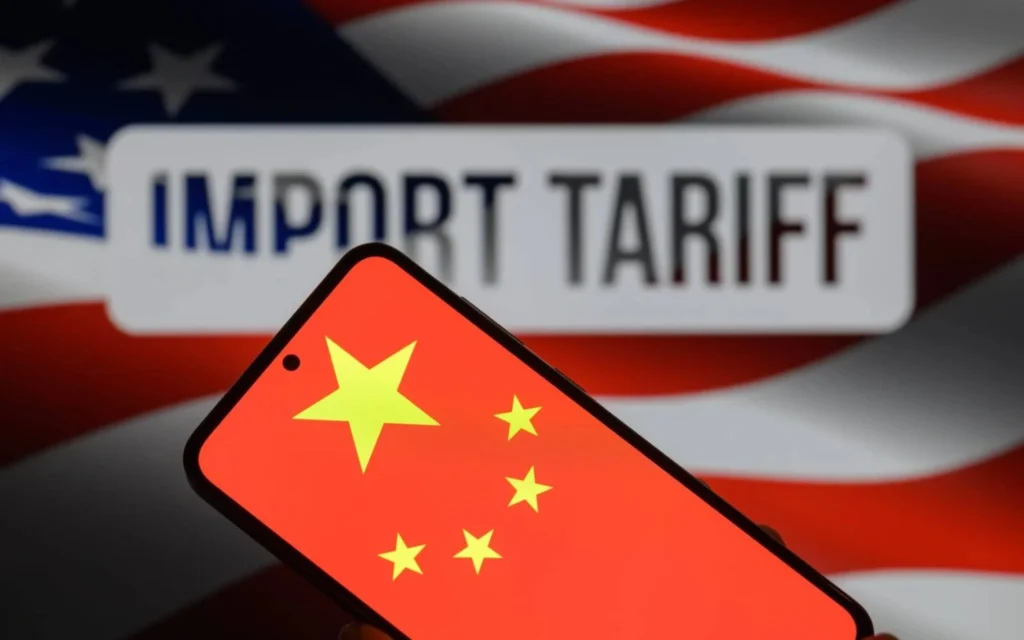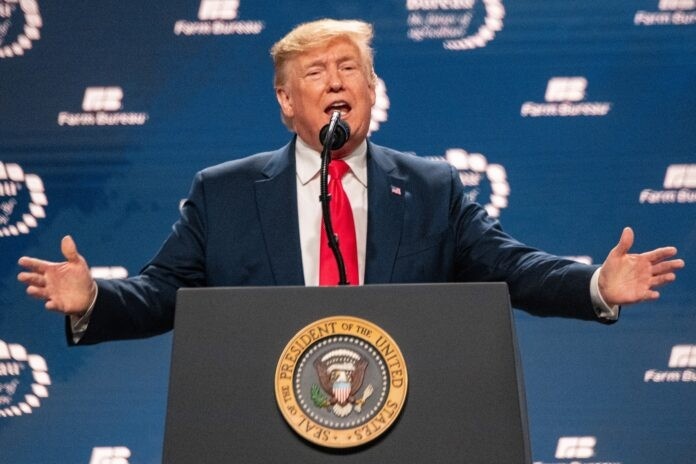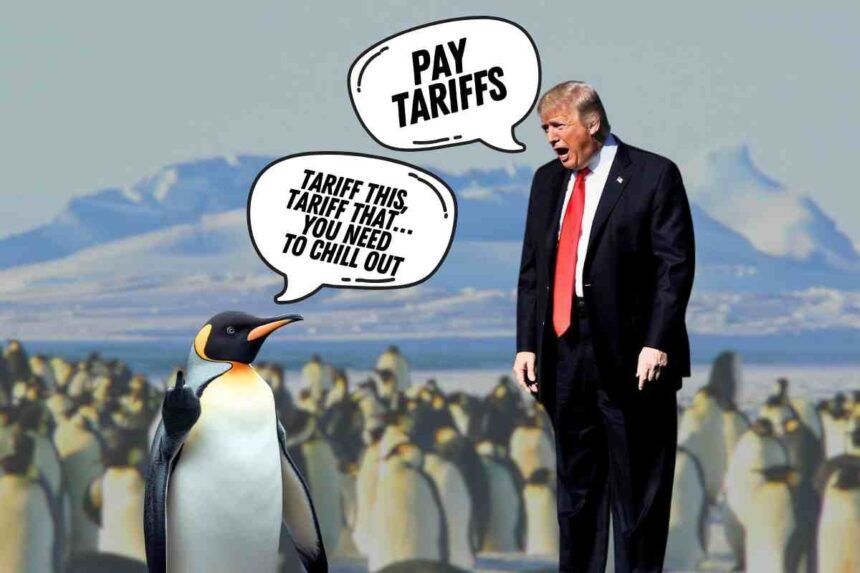📌 U.S. tariffs, 2025-a global shock
The U.S. implemented crucifying tariffs on April 2, 2025, sending a definite wave across the global market with impact. The former President Donald Trump had named this day “Liberation Day.” This new tariff policy has introduced a base of 10% tariffs on all imports into the U.S., while there are higher country-specific tariffs on key trading partners: China, the EU, and Vietnam. In the change of the world economy, economists and governments alike will brace for a new era of protectionism and reconstruction of trade.
🔍 What Are the Key Tariff Changes?
Here’s a quick breakdown of the tariff rates imposed under the new U.S. policy:
- 🇨🇳 China: Tariffs increased to 54%
- 🇪🇺 European Union: New 20% tariffs
- 🇻🇳 Vietnam: Hit with a 46% import duty
- 🇹🇼 Taiwan: Now facing a 32% tariff
- 🌍 All other countries: Subject to a 10% baseline tariff
These sweeping measures are part of Trump’s broader agenda to reshape global trade and bring manufacturing back to American soil.

💼 Why Did the U.S. Impose These Tariffs?
According to an official statement from Trump’s campaign, the action was taken towards “unfair trade practices, intellectual property theft, and outsourcing.” He claims that American industries have long since suffered under free trade regimes, with particular reference to those countries of China and Vietnam, which have benefitted disproportionately.
Conversely, critics warn that these protectionism measures might, in fact, backfire and lead to the following:
higher consumer prices in the U.S.;
increased inflation;
global trade retaliation;
disruption of supply chains;
stagnation or slowing economic growth;
📊 Economic Impact: U.S. and Global Markets React
🇺🇸 Domestic Impact on the U.S. Economy
Inflation Spike: With tariffs raising the cost of imported goods, U.S. inflation is expected to climb.
Manufacturing Boost? Some U.S. manufacturers may benefit in the short term, but raw material costs are also likely to rise.
Stagflation Risk: Analysts are already warning that these tariffs could trigger stagflation – toxic mix of stagnant growth and rising prices.
🌍 Global Repercussions
China’s Response: China has called the move as “violating WTO principles” and hinted at retaliatory tariffs on American goods.
EU’s Warning: The European Commission condemned the U.S. action as “a direct threat to global trade stability.”
Emerging Markets in Trouble: Vietnam and Taiwan are likely to see a dramatic slow down due to lowered exports to the U.S.
🔄 Global Supply Chain Disruption
Tariffs likely to cause immediate disruptions to supply chains; an example is multinational corporations having difficulty in their adjustment process from just-in-time inventory systems with particular application given their industry sectors, such as Electronics; Automotive; Textiles; Consumer Goods. Interest searches on Google Trends for “China to Mexico supply chain shift,” “U.S. manufacturing reshoring,” are trending higher; now it seems industry executives and analysts are starting to care.

📉 Stock Market and Investor Reactions
Tariff announcement-induced fierce declines in the major indexes:
📉 S&P 500 over 2% down
📉 Dow Jones Industrial Average down 700+ point
📉 NASDAQ technology stocks bleeding due to perceived supply disruption
Goldman Sachs and JPMMorgan financials analysts have reduced GDP forecasts due to increased uncertainty and capital flight from emerging markets.
Globalizing Trade: Prolonged Impacts
This act illustrates a gradual strategic decoupling of the U.S.A. from its trade partners. If these tariffs remain, we can expect formation of:
regional trade blocs
an increasingly fragmented world economy
substantial growth in digital trade and e-commerce platforms on the part of companies attempting to circumvent traditional logistics
international and expert views on tariffs by 2025
“This is in fact the most significant trade policy shift since the Smoot-Hawley Tariff Act of 1930.”
–Dr. Amara Klein, Global Economics, NYU
“We have entered into an era where economic nationalism will power decisions now more than ever.”
–Liam Rodriguez, Chief Strategist, World Trade Council
Final Thoughts: An Era-Defining Event for Global Economics
U.S. tariffs in 2025 heralds a paradigm shift in international trade. Praised by economists, citing it as a step toward greater economic sovereignty, but others warn that it will inflict deep economic scars and pose great threat to world stability: watch the world, and make business and investment decisions based on fact reasoning and long-term strategic perspectives.
FAQs on U.S. Tariffs
Q: What are the U.S. tariffs imposed in the month of April 2025?
A: They comprise a baseline 10% import duty on all goods, with elevated rates of 54% on China, 46% on Vietnam, 20% on EU, and 32% on Taiwan.
Q: What is the reason for these U.S. tariffs?
A: For punishing so-called unacceptable trade practices and stimulating domestic manufacturing.
Q: Will these tariffs inevitably bring about a global recession?
A: It couldn’t be ruled out, yet economists say the odds of recession or stagflation would increase, particularly with possible trade reprisals.

Pro Business/Investor Tip:
Be alert; either use Google Trends, Bloomberg Terminal, or Reuters Market Data to continue to monitor how tariff changes are affecting your industry.
Also check 7 Shocking Reasons Why the U.S. Stock Market Is Crashing Today!












